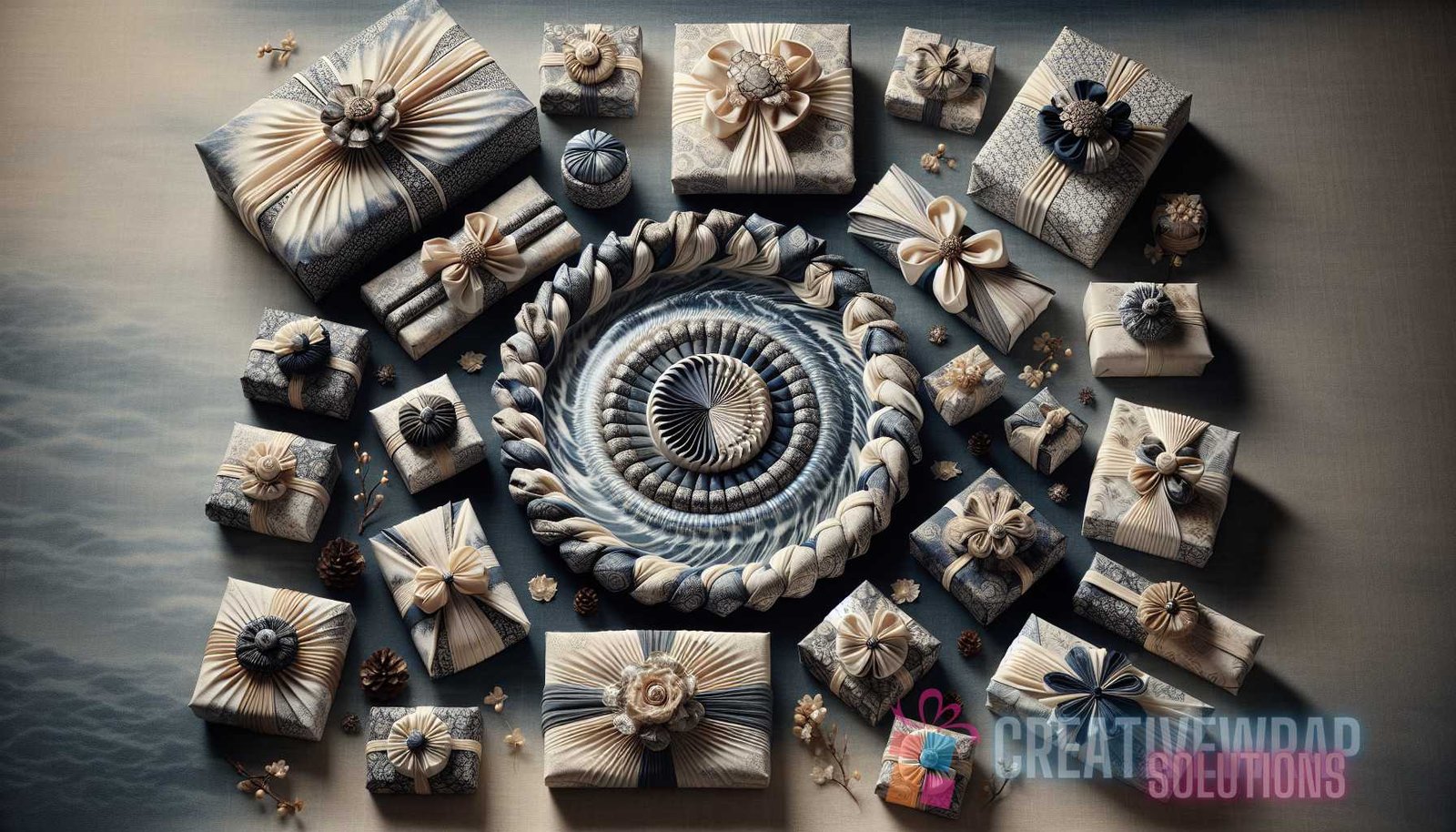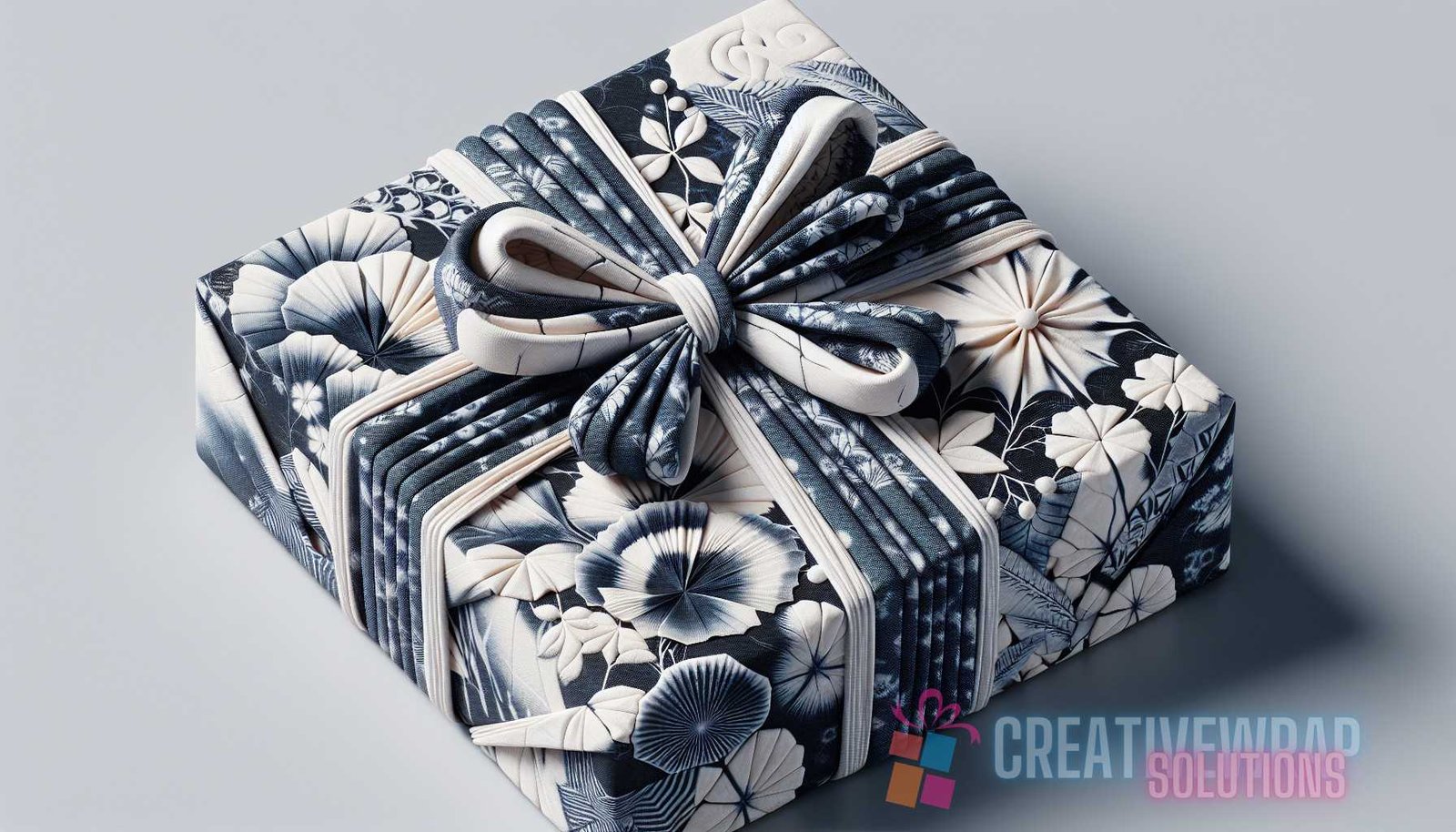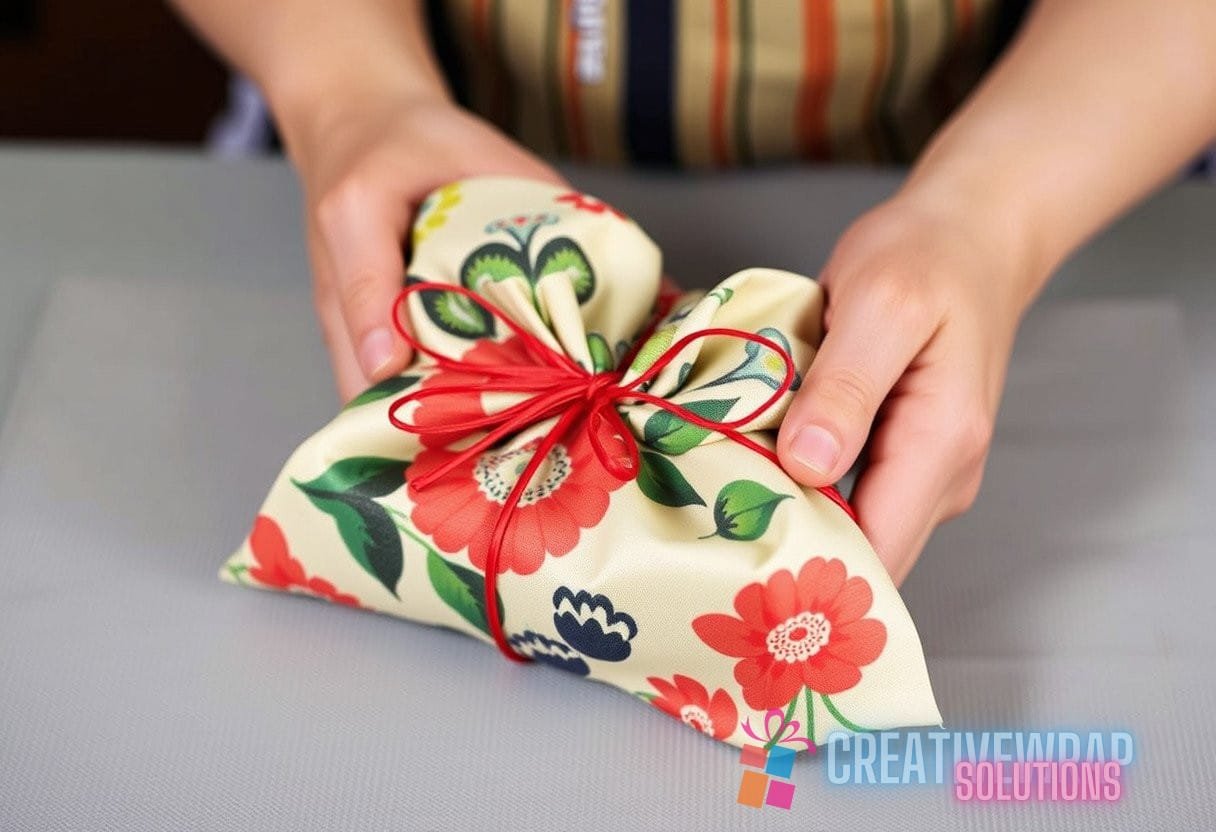Introduction
When it comes to gift-giving, the presentation is just as important as the gift itself. A beautifully wrapped present not only enhances the excitement and anticipation but also shows thoughtfulness and care. One sophisticated and artistic gift wrapping technique that has captured the attention of many is Japanese shibori wrapping. Shibori, a traditional Japanese dyeing technique, involves folding, twisting, and binding fabric to create intricate patterns. This innovative water-inspired technique not only produces stunning and unique gift wraps but also promotes sustainability by embracing natural materials and reducing waste. In this article, we will delve into the art of Japanese shibori wrapping, exploring its history, techniques, and the ways it can be incorporated into sustainable and elegant gift presentations.
The Origins of Shibori
Shibori has a rich history that dates back centuries in Japan. The word “shibori” itself comes from the verb “shiboru,” which means “to wring, squeeze, or press.” The earliest evidence of shibori dates back to the 8th century, during the Nara period. The technique gained prominence during the Edo period (1603-1868), when it became highly popular among the urban merchant class.
Shibori was initially used to create patterns on kimonos, the traditional Japanese garment. It allowed artisans to transform plain fabrics into exquisite artworks, achieving a wide range of intricate patterns and designs. Each shibori technique had its own name and required mastery of specific folding, twisting, or binding methods.
Over time, shibori evolved from a functional technique to a form of artistic expression. The unique patterns created through shibori became highly sought after and were considered a symbol of wealth and status. Today, shibori has expanded beyond clothing and textiles and is widely used in various art forms, including gift wrapping.
Shibori Techniques for Gift Wrapping
Shibori gift wrapping involves the application of shibori techniques to transform plain wrapping paper or fabric into a visually stunning and elegant gift wrap. There are several techniques used in shibori gift wrapping, each yielding unique patterns and designs:
1. Kanoko Shibori (Bind and Release)
Kanoko shibori, also known as the bind and release technique, involves binding sections of fabric with thread or rubber bands before dyeing or painting. Once the fabric is secured, it is submerged in dye or pigment, and the bound area remains unaffected. The bindings are then removed, revealing the intricate patterns created by the dye penetrating only the unbound areas.
This technique can be applied to gift wrapping by using rubber bands to gather and bind sections of the wrapping paper tightly. Once the paper is secured, it can be treated with dyes, paints, or even natural pigments. After the color has set, the rubber bands are removed, leaving behind a distinct pattern that adds a unique touch to the gift wrap.
2. Arashi Shibori (Pole Wrapping)
Arashi shibori, also known as the pole wrapping technique, involves wrapping fabric around a pole or a cylinder and then compressing it tightly. The fabric is then dyed or painted, resulting in diagonal or zigzag patterns reminiscent of rain falling or stormy weather. This technique is often used to create dynamic and energetic patterns.
To incorporate arashi shibori into gift wrapping, a similar process can be applied. The wrapping paper or fabric is wrapped around a long cylindrical object, such as a rolling pin or a cardboard tube. The fabric is then secured tightly, creating tension. It can then be dyed or painted, and once the color has set, the fabric is unwrapped, revealing the unique diagonal patterns.
3. Itajime Shibori (Shape Resist)
Itajime shibori, also known as the shape resist technique, involves folding the fabric and then clamping it between two boards or tiles. By applying pressure, the fabric is secured between the boards, forming geometric shapes. The fabric is then dyed or painted, resulting in eye-catching patterns characterized by crisp lines and geometric forms.
To replicate itajime shibori in gift wrapping, folding techniques can be employed to create intricate and symmetrical patterns. The folded sections of the wrapping paper or fabric can then be secured between two flat surfaces, such as wooden boards or tiles, using clamps or rubber bands. The secured paper can then be treated with dyes or paints, and once the color has set, the clamps are removed, revealing the geometric patterns.
4. Nui Shibori (Stitch Resist)
Nui shibori, also known as the stitch resist technique, involves creating intricate patterns by stitching through layers of fabric. The stitches, often done by hand, gather the fabric, creating puckered areas that resist the penetration of dye or pigment. Once the fabric is stitched, it is dyed or painted, and the threads are then gathered and pulled tightly, creating the desired patterns.
This technique can be adapted to gift wrapping by using a needle and thread to stitch patterns onto the wrapping paper or fabric. The stitches can be as simple or as intricate as desired, ranging from basic lines to complex designs. After stitching, the paper or fabric can be treated with dyes or paints. Once the color has set, the threads are gathered and pulled tightly, resulting in stunning patterns.
Sustainable Aspects of Shibori Gift Wrapping

Shibori gift wrapping embraces sustainability in various ways, making it an eco-friendly choice for those who are mindful of their environmental impact. Here are some sustainable aspects of shibori gift wrapping:
1. Use of Natural Dyes
Shibori often relies on the use of natural dyes derived from plants, vegetables, or minerals. These dyes are non-toxic and biodegradable, making them a sustainable alternative to synthetic dyes. By using natural dyes, shibori gift wrapping reduces the release of harmful chemicals into the environment and promotes the use of renewable resources.
2. Upcycling and Repurposing
Shibori gift wrapping encourages the use of recycled or repurposed materials. Instead of using new wrapping paper, old fabrics, scarves, or even worn-out clothes can be transformed into unique gift wraps through shibori techniques. This reduces waste and promotes the concept of upcycling and repurposing, making shibori gift wrapping an environmentally friendly option.
3. Preservation of Traditional Techniques
By incorporating shibori techniques into gift wrapping, individuals contribute to the preservation of traditional Japanese craftsmanship. Shibori has been passed down through generations, with artisans honing their skills and refining the technique. Supporting shibori gift wrapping helps keep these traditional techniques alive, ensuring that they are not lost to time.
4. Reduction of Disposable Wrapping Paper
Shibori gift wrapping offers a sustainable solution to the issue of disposable wrapping paper. Traditional wrapping paper often ends up in landfills, contributing to waste and pollution. By using shibori techniques, gift wraps can be created from fabric or sturdy materials that can be reused and repurposed, reducing the demand for disposable wrapping paper.
The Art of Shibori Gift Embellishments
Shibori gift wrapping doesn’t end with the wrapping paper itself. The art of shibori can be extended to create elegant and sustainable gift embellishments. Here are some innovative ways to incorporate shibori into gift accents:
Mizuhiki Embellishments
Shibori gift wraps can be enhanced with mizuhiki, a traditional Japanese art of knot tying. Mizuhiki cords, made from twisted washi paper, are used to create intricate and decorative knots. By combining shibori and mizuhiki techniques, gift embellishments can be created that are not only visually stunning but also sustainable and eco-friendly.
For example, a shibori gift wrap can be adorned with a mizuhiki bow tied using shibori-dyed mizuhiki cords. The intricate patterns of shibori combined with the elegance of mizuhiki create an embellishment that elevates the overall presentation of the gift.
You can learn more about the art of mizuhiki crafting and its integration with shibori in our article “Unveiling the Art of Japanese Mizuhiki Crafting: Elevating Gift Embellishments with Sustainable Water Techniques.”
Stunning Bow Tying Techniques
The art of bow tying can also enhance shibori gift wraps. By mastering innovative bow tying techniques, such as using layered bows or incorporating fabric strips into the bow design, gift wraps can be adorned with unique and eye-catching accents.
To explore the world of bow tying and learn how to unleash stunning gift wraps with innovative techniques, check out our article “Master the Art of Bow Tying: Unleash Stunning Gift Wraps with Innovative Techniques.”
Conclusion
Shibori gift wrapping combines the elegance of Japanese traditions with innovative techniques to create stunning and sustainable gift presentations. The use of shibori techniques, such as kanoko, arashi, itajime, and nui shibori, allows for the creation of unique patterns and designs on wrapping paper or fabric. By embracing natural dyes, upcycling materials, and preserving traditional techniques, shibori gift wrapping promotes sustainability and reduces waste. The art of shibori can be further enhanced with the incorporation of mizuhiki embellishments and innovative bow tying techniques, elevating gift presentations to new heights of elegance and creativity. So the next time you want to add a touch of sophistication and sustainability to your gift-giving, consider the art of Japanese shibori wrapping.


